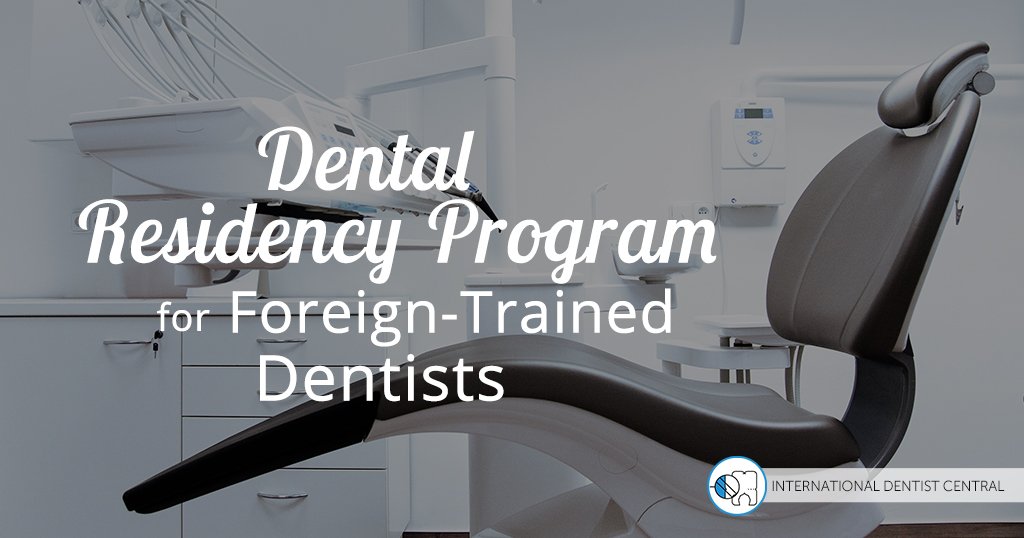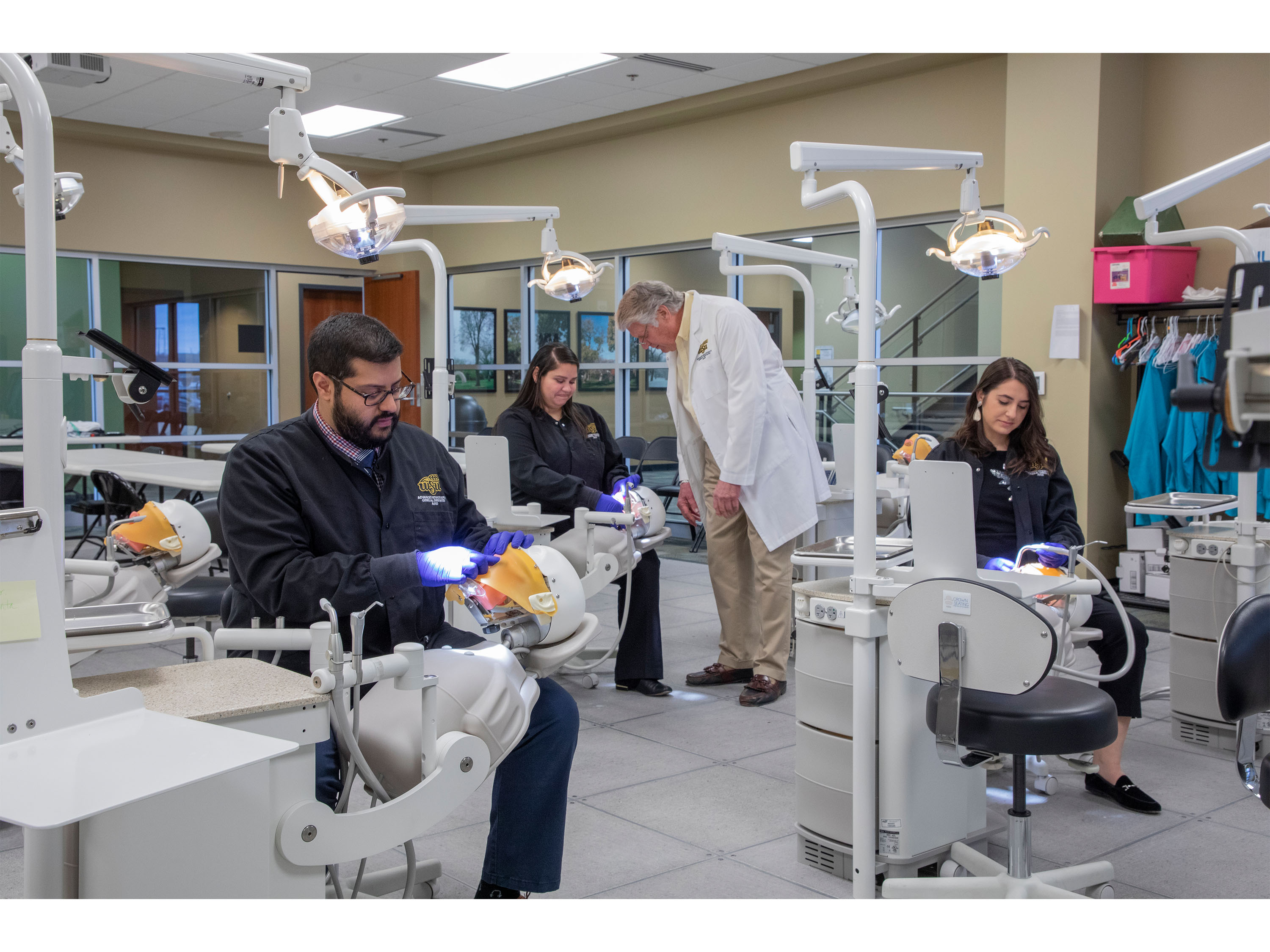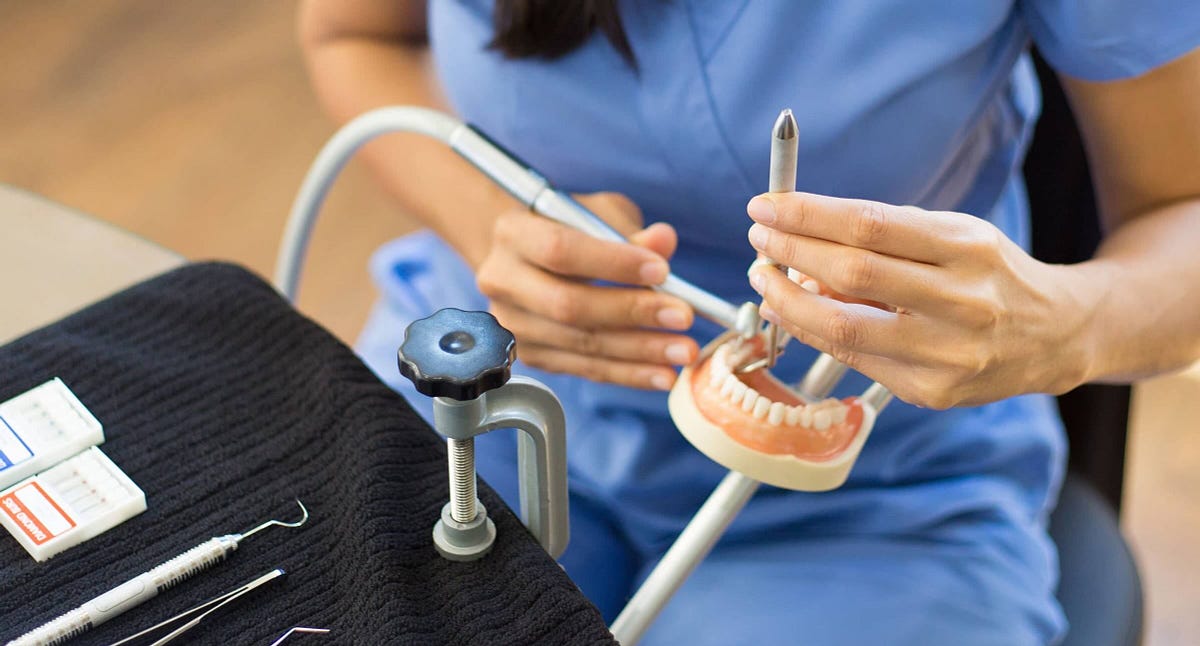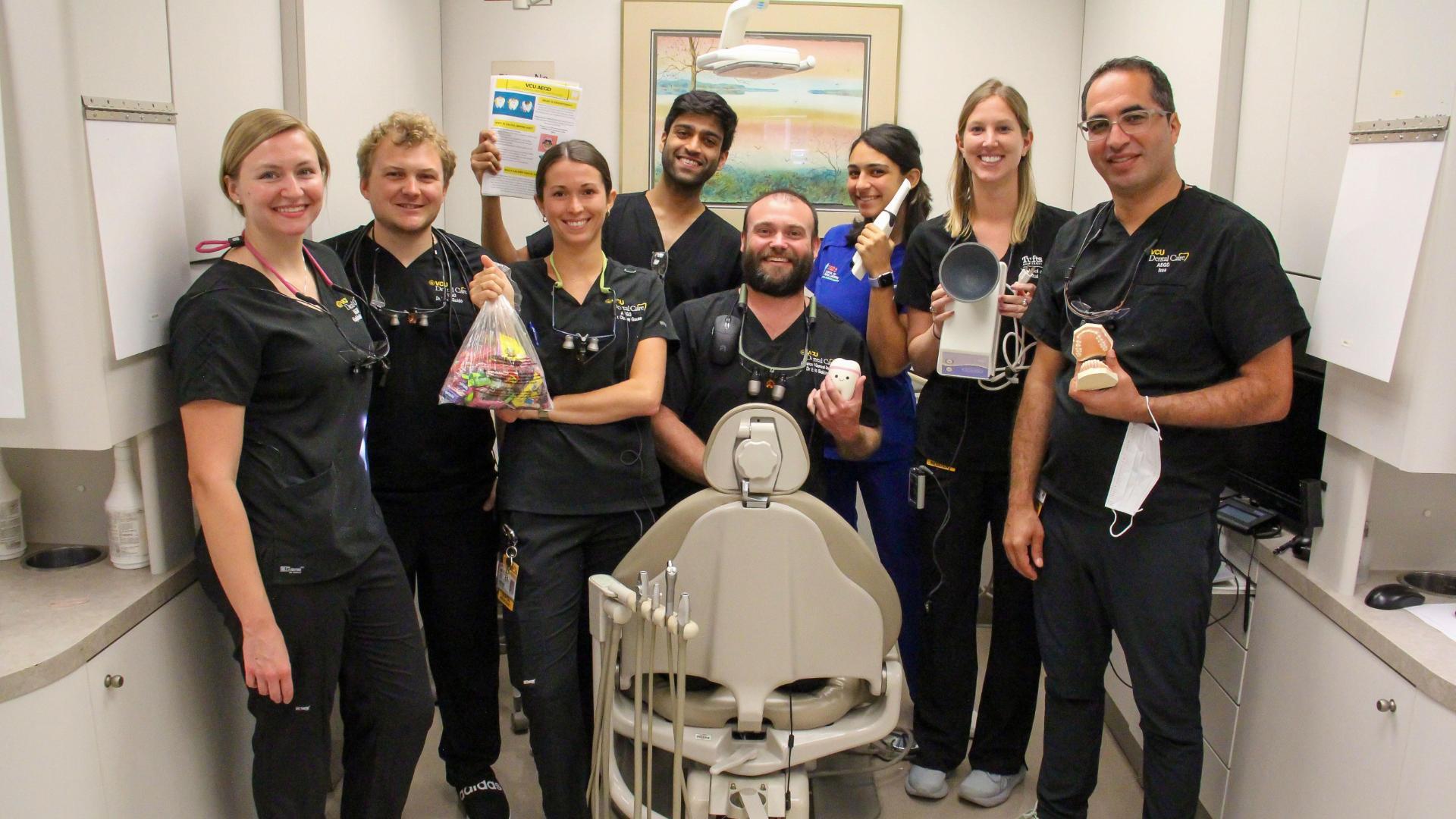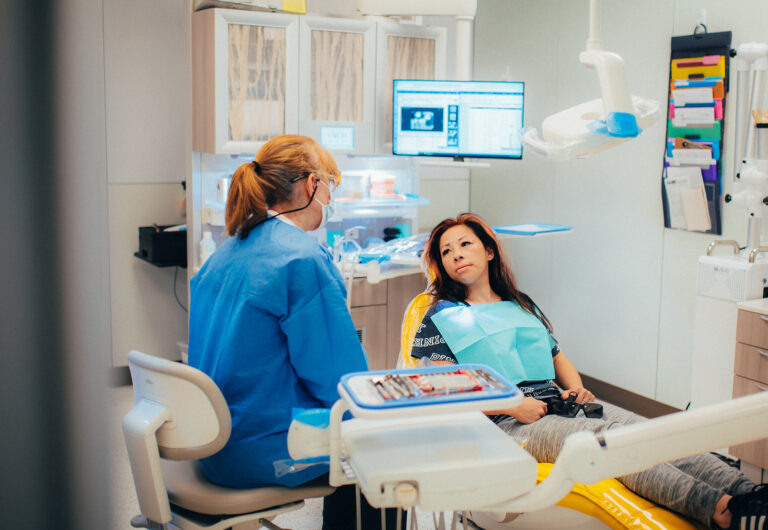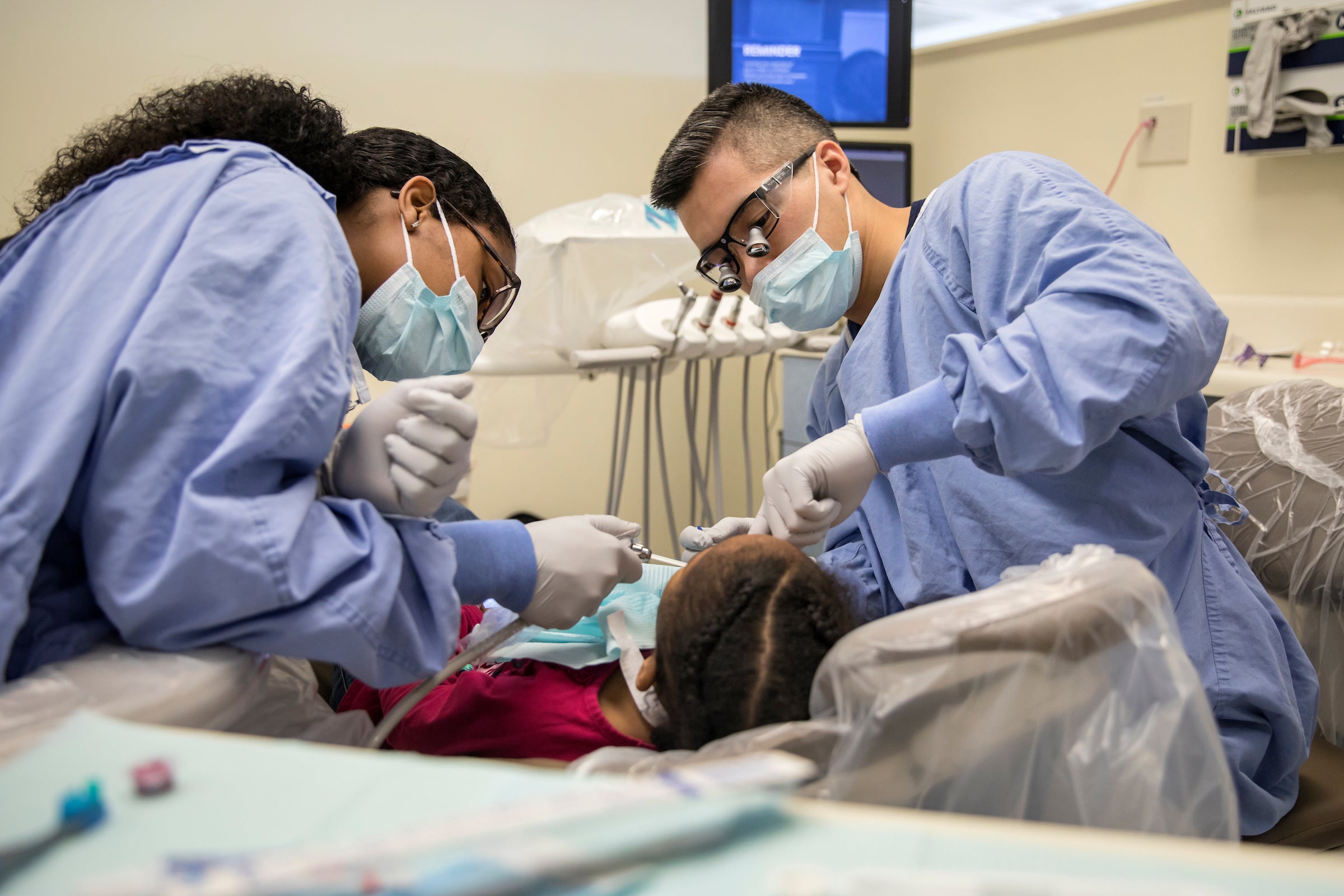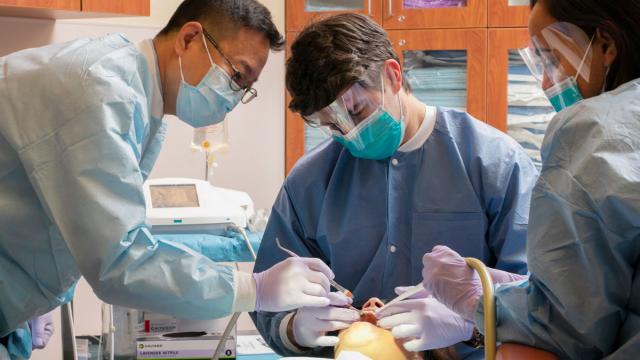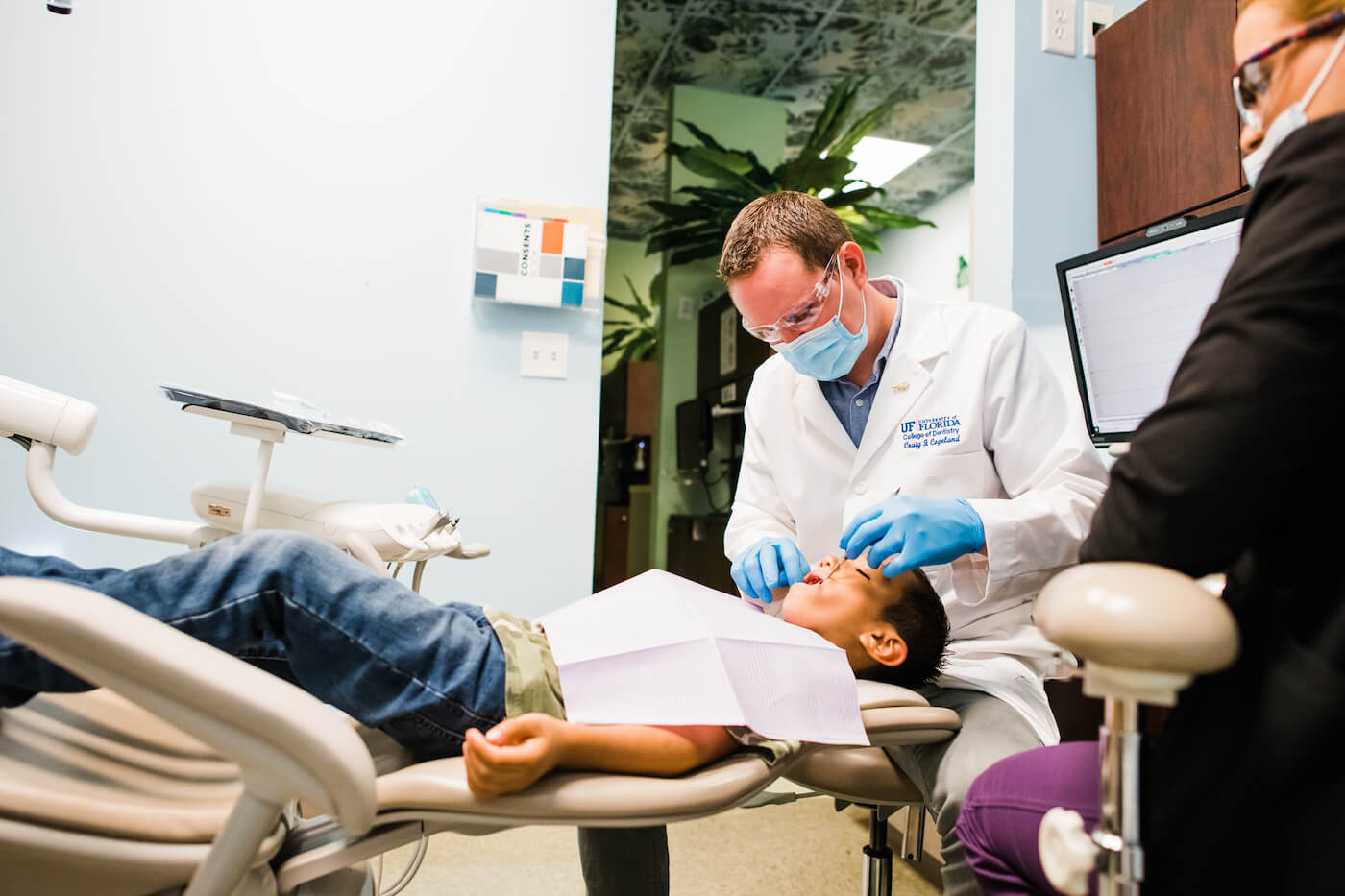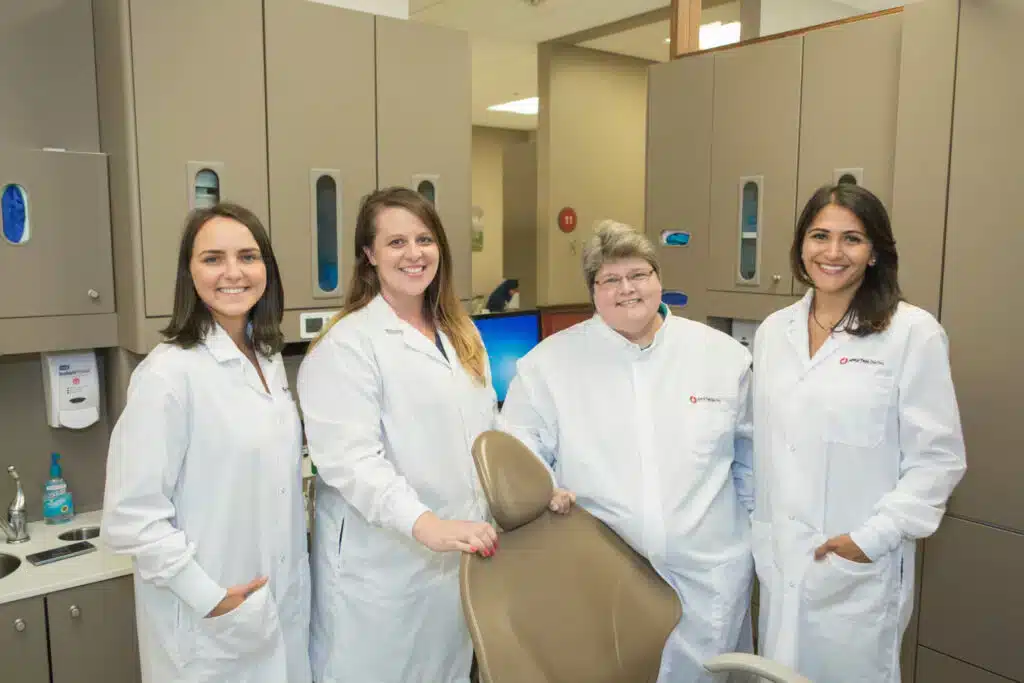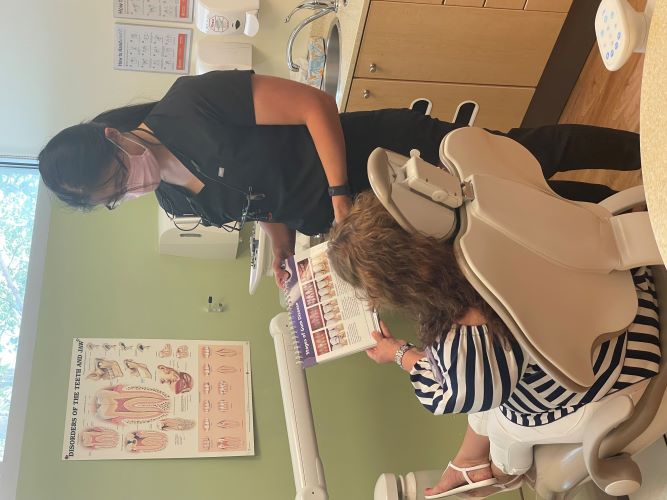Aegd Programs For International Dentists In Florida
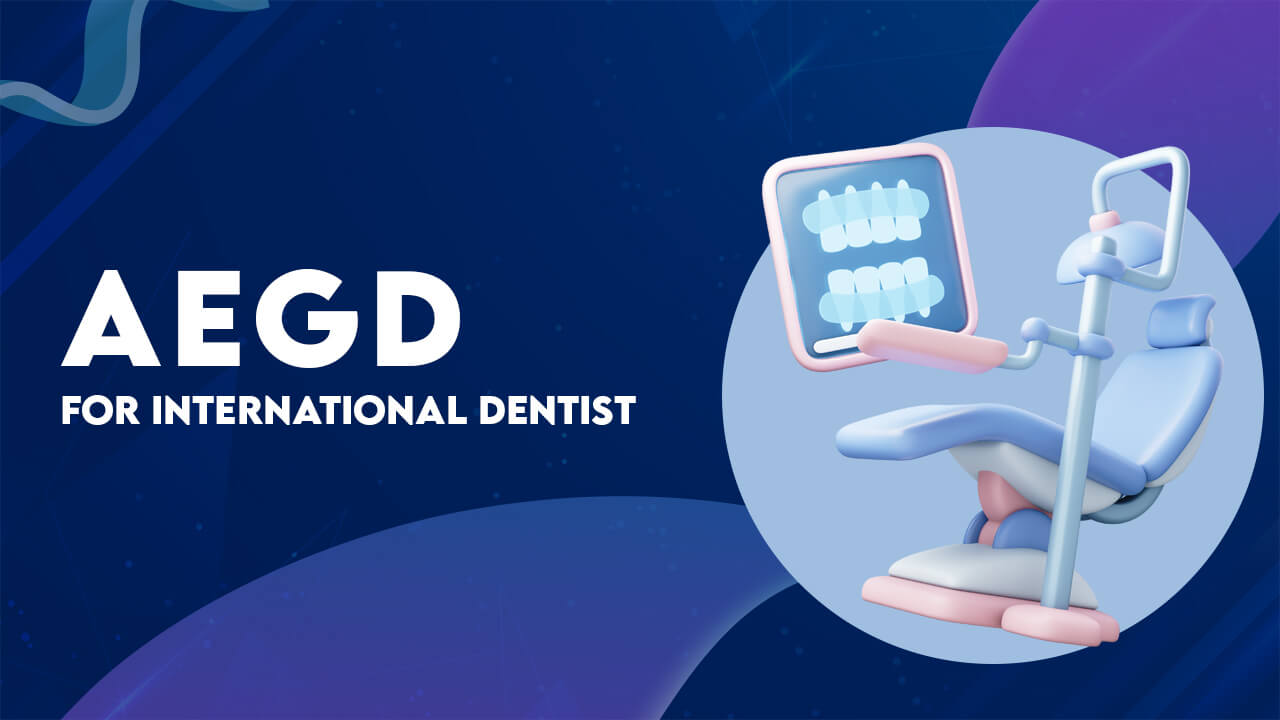
The Sunshine State, a magnet for immigrants seeking opportunity and a better life, faces a silent crisis within its dental healthcare system. Highly skilled dentists, trained and experienced in other countries, often find themselves unable to practice in Florida without navigating a complex and expensive maze of advanced dental education programs.
The lack of accessible and affordable Advanced Education in General Dentistry (AEGD) programs specifically tailored for internationally trained dentists is not just a professional barrier; it's a public health issue, limiting access to care, particularly in underserved communities, and potentially wasting valuable talent.
The AEGD Bottleneck: Understanding the Challenge
The heart of the matter lies in Florida's stringent licensing requirements. While many internationally trained dentists possess years of experience and demonstrable expertise, they are often required to complete a CODA-accredited AEGD program, typically lasting one to two years, to qualify for licensure.
This requirement is designed to ensure that all licensed dentists meet the same standards of care. However, the limited number of AEGD slots, coupled with the high cost of tuition and living expenses, creates a significant bottleneck.
Limited Spots, High Costs
Data from the Florida Board of Dentistry shows a significant disparity between the number of internationally trained dentists seeking licensure and the available positions in AEGD programs. The competition for these spots is fierce.
Tuition costs for AEGD programs in Florida can range from $30,000 to $60,000 per year. This financial burden, combined with the lost income from not being able to practice dentistry, can be prohibitive for many qualified candidates.
Accreditation Hurdles and Program Structure
AEGD programs must adhere to strict accreditation standards set by the Commission on Dental Accreditation (CODA). These standards cover curriculum, faculty qualifications, and clinical facilities.
While these standards are essential for ensuring quality, they also contribute to the high cost and limited availability of programs. The intensive nature of the curriculum and the need for experienced faculty further restrict the number of students that can be accommodated.
The Impact on Access to Care
The shortage of licensed dentists, exacerbated by the difficulties faced by internationally trained dentists, has a direct impact on access to dental care, especially in rural and underserved communities. Many Floridians struggle to find affordable dental services.
According to the Florida Department of Health, certain counties have a dentist-to-population ratio significantly below the state average. This shortage disproportionately affects low-income individuals, seniors, and individuals with disabilities.
Dr. Maria Rodriguez, a dentist originally trained in Colombia, explains, "I know many skilled colleagues who are working in non-dental related jobs because they cannot afford to go through the AEGD program. This is a loss for our community."
Exploring Potential Solutions
Recognizing the problem, various stakeholders are exploring potential solutions. Some advocate for increased funding for AEGD programs to expand capacity and reduce tuition costs.
Others propose alternative pathways to licensure for internationally trained dentists who can demonstrate equivalent competency through rigorous examinations and clinical assessments. This might involve creating a provisional license category that allows dentists to practice under supervision for a specified period.
The Florida Dental Association (FDA) is actively involved in discussions with the Board of Dentistry and educational institutions to find viable solutions. "We need to ensure that we are not unnecessarily hindering qualified dentists from providing much-needed care to Floridians," stated a representative from the FDA.
A Look Ahead: Balancing Standards and Opportunity
The future of dental healthcare in Florida hinges on finding a balanced approach that maintains high standards of care while providing opportunities for qualified internationally trained dentists to contribute their skills. Streamlining the licensing process and increasing access to affordable AEGD programs are crucial steps.
Ultimately, addressing this issue requires a collaborative effort from state policymakers, dental schools, professional organizations, and the internationally trained dentists themselves. A more inclusive and accessible system will not only benefit these dentists but also improve the oral health of all Floridians.


